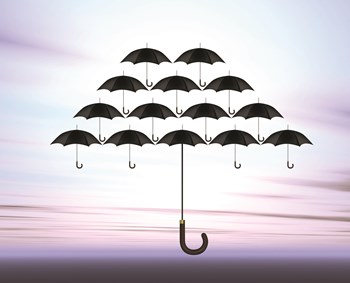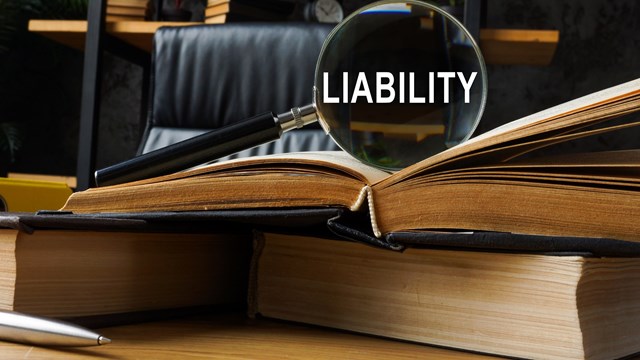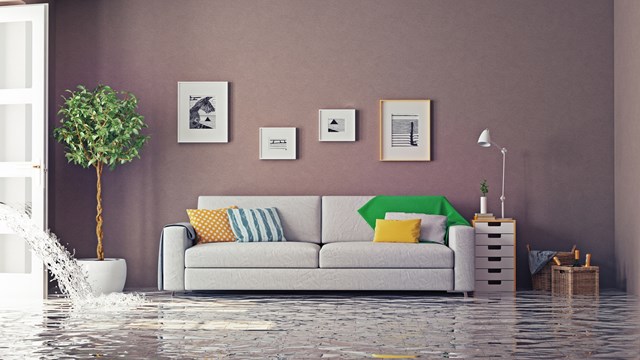
For many people, their home is their greatest asset. Yet studies show that 59 percent of today’s homes are underinsured by an average of 22 percent. To protect their investment this hurricane season, homeowners should update their insurance regularly to include improvements, major purchases and increased rebuilding costs, according to the Insurance Information Institute (III).
“Hurricane Katrina was a painful reminder to homeowners that they should contact their insurance agent or company representative at least once a year to make sure that their insurance is up to date,” said Jeanne Salvatore, senior vice president and consumer spokesperson for the III. “A major home alteration or addition, even a lifestyle change such as marriage, or a family member moving in (along with his or her belongings), should trigger a call to your insurance company.”
The cost of building or repairing a home has increased dramatically in recent years. According to the U.S. Census Bureau, homeowners spent over $218 billion on additions, alterations, maintenance and repairs in 2005, up from $201 billion in 2004. Materials like lumber, cement, gypsum and structural steel products have become scarcer, not only because of the devastation from last year’s storms, but also because of increased global demand. In fact, the cost of lumber climbed 6.1 percent in 2005, according to statistics from the U.S. Department of Labor.
To properly insure your home, the Insurance Information Institute recommends that homeowners ask their insurance agent or company representative three key questions:
1. Do I have enough insurance to rebuild my home?
Your policy needs to cover the cost of rebuilding your home at current construction costs. Unfortunately, some homeowners simply purchase enough insurance protection to satisfy their mortgage lender. Others confuse the real estate value of their home with what it would cost to rebuild it. Quite simply, you should have enough insurance to rebuild your home in the event that it is completely destroyed. Be sure to consider the following:
• Replacement Cost Most policies cover replacement cost for damage to the structure. A replacement cost policy pays for the repair or replacement of damaged property with materials of similar kind and quality.
• Extended Replacement Cost This type of policy provides additional insurance coverage of 20 percent or more over the limits in your policy, which can be critical if there is a widespread disaster that pushes up the cost of building materials and labor.
• Inflation Guard This coverage automatically adjusts the rebuilding costs of your home to reflect changes in construction costs. Find out if your policy includes this coverage or if you have to purchase it separately.
• Ordinance or Law coverage If your home is badly damaged, you may be required to rebuild it to meet new (and often stricter) building codes. Ordinance or law coverage pays a specific amount toward these costs.
• Water Back-Up This coverage insures your property for damage from sewer or drain back-up. Most insurers offer it as an add-on to a standard policy.
• Flood Insurance Standard home insurance policies provide coverage for disasters such as fire, lightning and hurricanes. They do not include coverage for flood (including flooding from a hurricane). Flood insurance is available through the federal government’s National Flood Insurance Program (www.floodsmart.gov), but can be purchased from the same agent or company representative who provides you with your home or renters insurance. Make sure to purchase flood insurance for the structure of your house, as well as for the contents. Excess Flood Protection, which provides higher limits of coverage than the NFIP in the event of catastrophic loss by flooding, is available from some insurers. Keep in mind that there is a 30-day waiting period before the insurance is valid.
2. Do I have enough insurance to replace all of my possessions?
Most homeowners insurance policies provide coverage for your personal possessions for approximately 50 percent to 70 percent of the amount of insurance you have on the structure of your home. So if you have $100,000 worth of coverage on the structure of your home, you would be covered for $50,000 to $70,000 worth of the contents of your home, depending on the policy.
The best way to determine if this is enough coverage is to conduct a home inventory, which details everything you own and the estimated cost to replace these items if they were stolen or destroyed by a disaster. You can download the III’s free home inventory software at http://www.knowyourstuff.org
You can insure your possessions in two ways: by their actual cash value or their replacement cost. Make sure you review with your agent or company representative which type of coverage is best for your particular situation.
• Cash Value Policy This coverage pays the cost to replace your belongings minus depreciation.
• Replacement Cost Policy This coverage reimburses you for the full current cost of replacing your belongings.
To illustrate the difference between the two types of policies, suppose, for example, a fire destroys a 10-year-old television set in your living room. If you have a replacement cost policy for the contents of your home, the insurance company will pay to replace the TV with a comparable new one. If you have an actual cash value policy, it will pay only a small percentage of the cost of a new TV set because the old TV has been used for 10 years and is worth a lot less than its original cost. Some replacement cost policies specify that the new item be purchased by the insurance company as they may be able to purchase at a bulk or special rate. The price of replacement cost coverage is about 10 percent more than that of actual cash value.
3. Do I have enough insurance to protect my assets?
Homeowners insurance doesn’t just protect the structure or contents of your home, it also provides liability protection. This covers you against lawsuits for bodily injury or property damage that you or your family members may cause to other people. It also pays for damage caused by pets. Liability insurance pays for both the cost of defending you in court and for any damages a court rules you must pay—up to the limits of your policy. Most homeowners insurance policies provide a minimum of $100,000 worth of liability insurance, but higher amounts are available.
It is important to purchase enough liability insurance to protect your assets. If the standard liability coverage in your homeowners policy is not sufficient, you may need an excess liability, or umbrella, policy, which provides additional coverage over and above what is covered in your home (and auto) insurance policy.
The Insurance Information Institute is a nonprofit, communications organization supported by the property/casualty insurance industry.






Comments
Leave a Comment